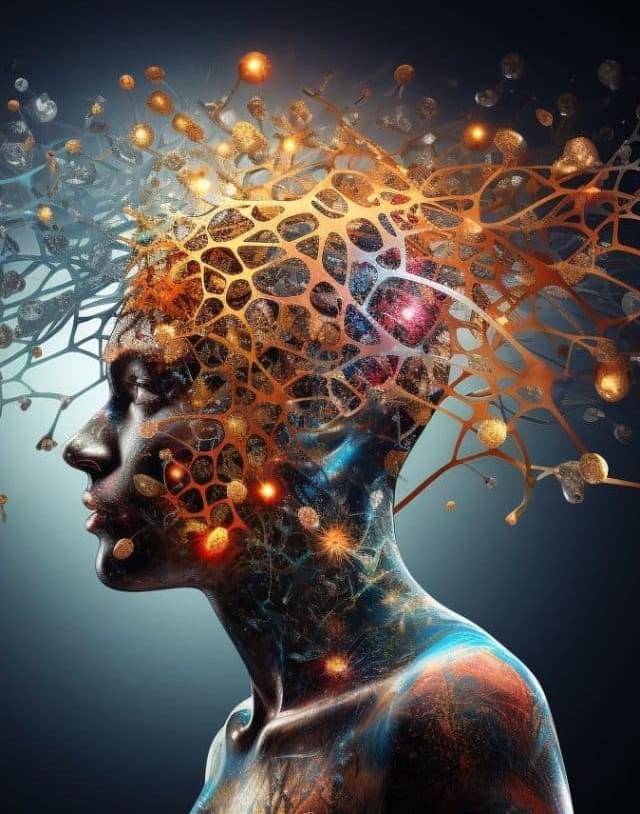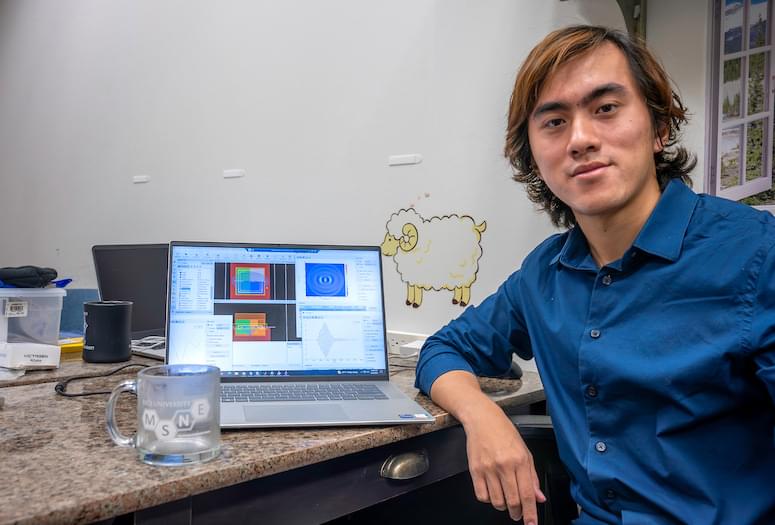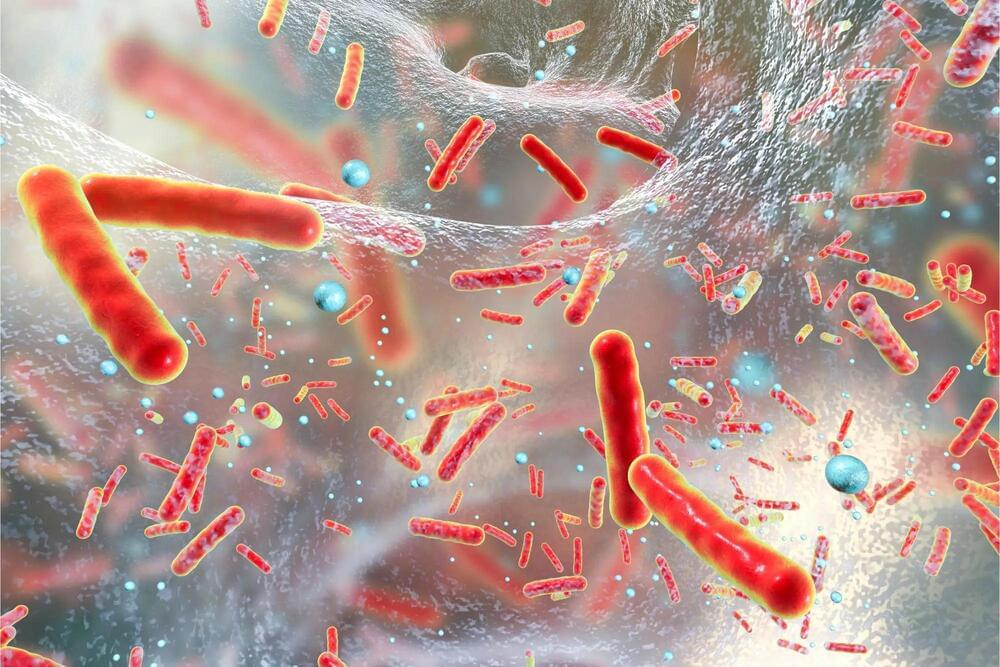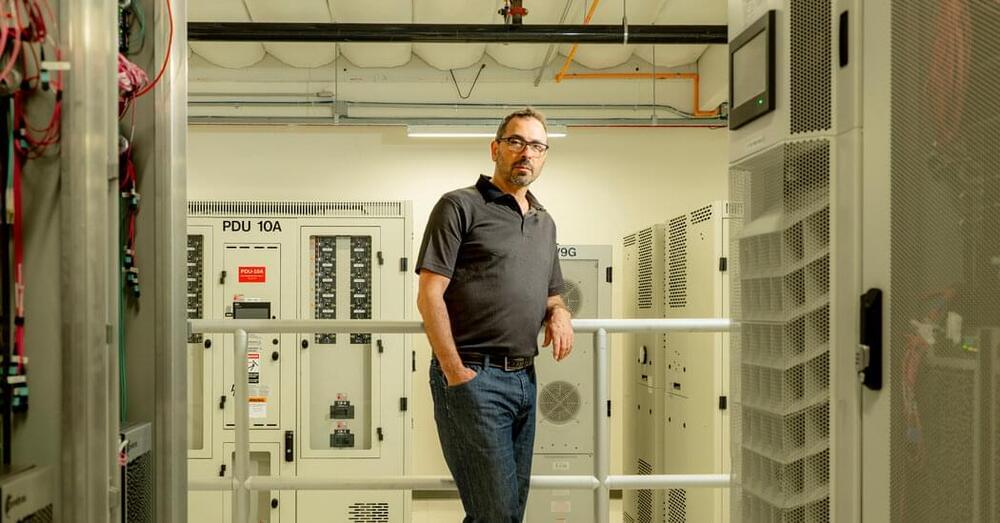The researchers suggest that they may have located the brain region where images are held during the moments we consciously perceive them.



Visible light is a mere fraction of the electromagnetic spectrum, and the manipulation of light waves at frequencies beyond human vision has enabled such technologies as cell phones and CT scans.
Rice University researchers have a plan for leveraging a previously unused portion of the spectrum.

Amino acids serve as the foundational elements of proteins, vital to the optimal functioning of biological structures. Proteins in all life forms are composed of 20 core amino acids.
<div class=””> <div class=””><br />Amino acids are a set of organic compounds used to build proteins. There are about 500 naturally occurring known amino acids, though only 20 appear in the genetic code. Proteins consist of one or more chains of amino acids called polypeptides. The sequence of the amino acid chain causes the polypeptide to fold into a shape that is biologically active. The amino acid sequences of proteins are encoded in the genes. Nine proteinogenic amino acids are called “essential” for humans because they cannot be produced from other compounds by the human body and so must be taken in as food.<br /></div> </div>

During routine navigation in daily life, our brains use spatial mapping and memory to guide us from point A to point B. Just as routine: making a mistake in navigation that requires a course correction.
Now, researchers at Harvard Medical School have identified a specific group of neurons in a brain region involved in navigation that undergo bursts of activity when mice running a maze veer off course and correct their error.
The findings, published July 19 in Nature, bring scientists a step closer to understanding how navigation works, while raising new questions. These questions include the specific role these neurons play during navigation, and what they are doing in other brain regions where they are found.

Sometime during the Cretaceous Period, 125 million years ago, a feisty mammal the size of a domestic cat encountered a dinosaur three times its size and thought it looked like a tasty meal.
A fossil unearthed in northeastern China captures the two creatures — a badgerlike animal called Repenomamus robustus and a species of plant-eating dinosaur known as Psittacosaurus — forever locked in mortal combat.
It’s a dramatic instant in time that challenges the idea that the earliest mammals lived in the shadows of dinosaurs, said paleobiologist Jordan Mallon, a research scientist at the Canadian Museum of Nature.


For many people, when they hear China and genetic engineering in the same sentence, it is often synonymous with scandal, and gene-edited babies may spring to mind.
And, although it is true that nearly five years ago, researcher He Jiankui infamously claimed he had created the first ever gene-edited babies, before going to prison for three years, China has continued to pour a lot of money into genetic engineering research, and aims to become a global leader in the field.
“The accumulative amount of financing in the gene therapy field in China has exceeded $3.3 billion. Also, according to a Frost & Sullivan study, it is estimated that by 2025, gene therapy will reach a scale of nearly $17.89 billion in China,” said Fiona Gao, founding partner of Chinsiders.


